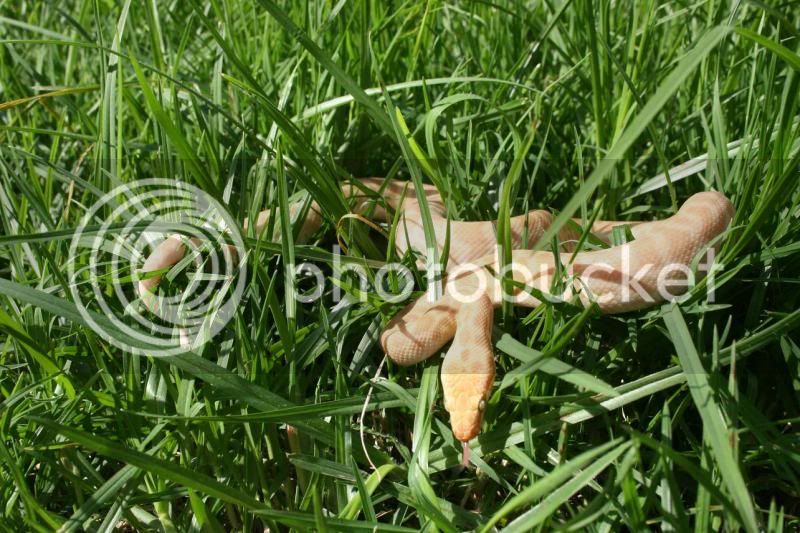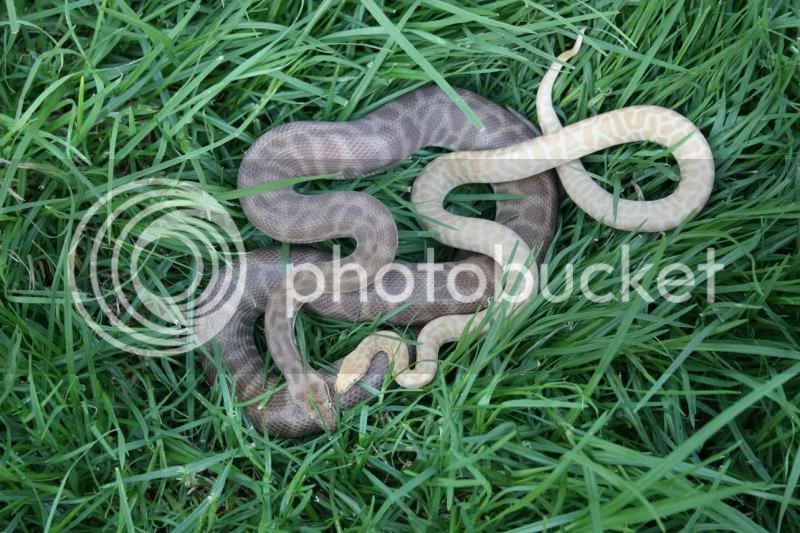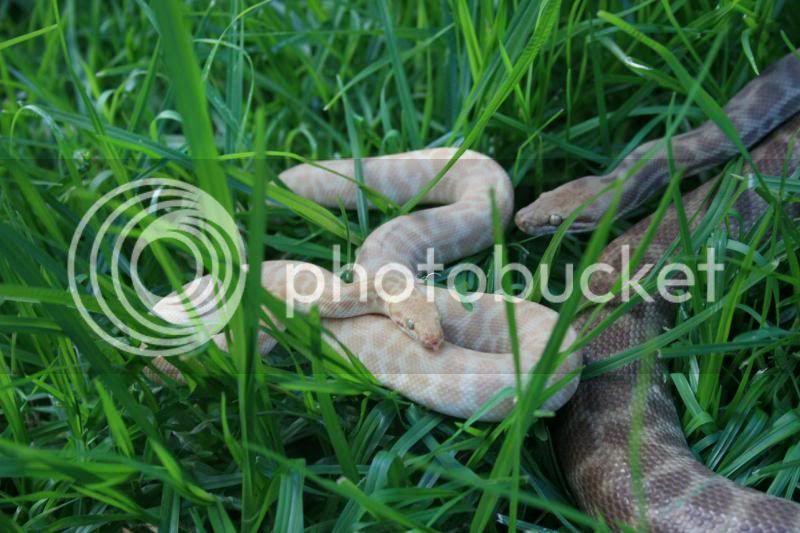" Yeah that stimmo is most likely a t+ albino. But that term is really ambigious, basically any animal with less melanin than what is 'normal' (and what is a 'normal' stimmo?!?) can be considered a t+ albino. So by saying that it is most definitely a t+ albino is correct but its about as meaningful as saying its 'hey thats a pale looking animal'. "
Not really... T+ refers to a quite specific form of albinism, where the fault is located at the pigment cells themselves, rather than the more traditional albino ( such as darwins) lacking pre-cursor enzymes. T+ specimens in herp hobby terms, are generally easily identified, as the failure in the melanophores isnt normally a cessation of pigment production altogether, more a faulty version of darker pigment is produced.
Anyway, who knows what this animal is, or if it is even inheritable in a mode that is easily reproduced. It is very early to draw any conclusions, or to allude that it could be an intergrade or a hybrid. I have been keeping an eye on this thing for a while, and we really know sweet FA about it, lines or locale, so making assumptions is premature.... For all we know the parents may not have to be carriers of the genetics. Keepers all too often overlook the possibility of spontaneous mutations, which in this case, a single hatchling displaying the trait sounds a very likely scenario. Time will tell, first hurdle is to breed it, and work out the mode of inheritance, if there is one.
Dotty, I wish your mate good luck with this project, love my stimsons, and if he ever cracks them be sure to drop me a line.






